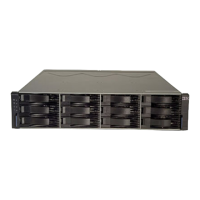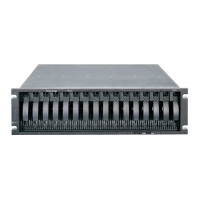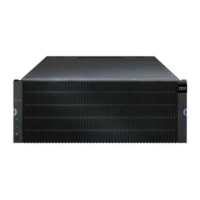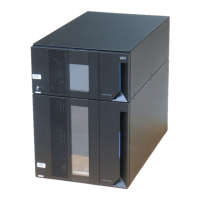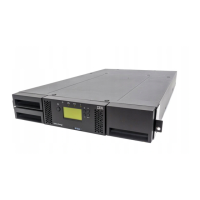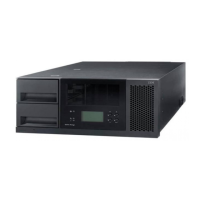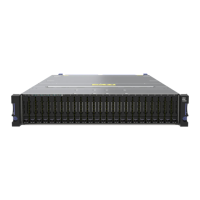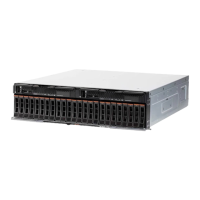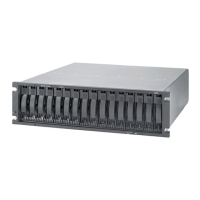7914DS3KPlanning_090710.fm Draft Document for Review March 28, 2011 12:24 pm
30 IBM System Storage DS3500: Introduction and Implementation Guide
3.1 Planning your SAN and storage server
When planning the setup of a Storage Area Network (SAN), you want the solution to answer
your current requirements and fulfill your future needs.
First, the SAN fabric must be able to accommodate a growing demand in storage (it is
estimated that storage needs double every two years). Second, the SAN must be able to keep
up with the constant evolution of technology and resulting hardware upgrades and
improvements. It is estimated that a storage installation needs to be upgraded every 2 to 3
years.
Ensuring compatibility among various pieces of equipment is crucial when planning the
installation. The important question is what device works with what, and also who has tested
and certified that equipment.
When designing a SAN storage solution, it is a best practice to complete the following steps:
1. Produce a statement outlining the solution requirements that can be used to determine the
type of configuration you need. Then use this statement to cross-check that the solution
design delivers the basic requirements. The statement must have easily defined bullet
points covering the requirements, for example:
– New installation or upgrade of existing infrastructure
– Infrastructure type(s) to be used: SAS, iSCSI, fiber channel (direct or fabric)
– Host Bus Adapter (HBA) selection
– HBA driver type selection: SCSIPort or StorPort
– Multipath Driver selection: RDAC, DMMP, MPIO, or SDDPCM
– Types of applications accessing the SAN (whether transaction or throughput intensive)
– Required capacity
– Required redundancy levels
– Type of data protection needed
– Current data growth patterns for your environment
– Whether current data is more read or write based
– Backup strategies in use: Network, LAN-free, or Server-less
– Premium features required: Partitioning, FlashCopy, Volume Copy, or Enhanced
Remote Mirroring
– Number of host connections required
– Types of hosts and operating systems that will connect to the SAN
– Zoning required
– Distances between equipment and sites (if there is there more than one site)
2. Produce a hardware checklist. It must cover such items that require you to:
– Make an inventory of existing hardware infrastructure. Ensure that any existing
hardware meets the minimum hardware requirements and is supported with the
DS3500 Storage System.
– Make a complete list of the planned hardware requirements.
– Ensure that you have enough rack space for future capacity expansion.
– Ensure that the power and environmental requirements are met.